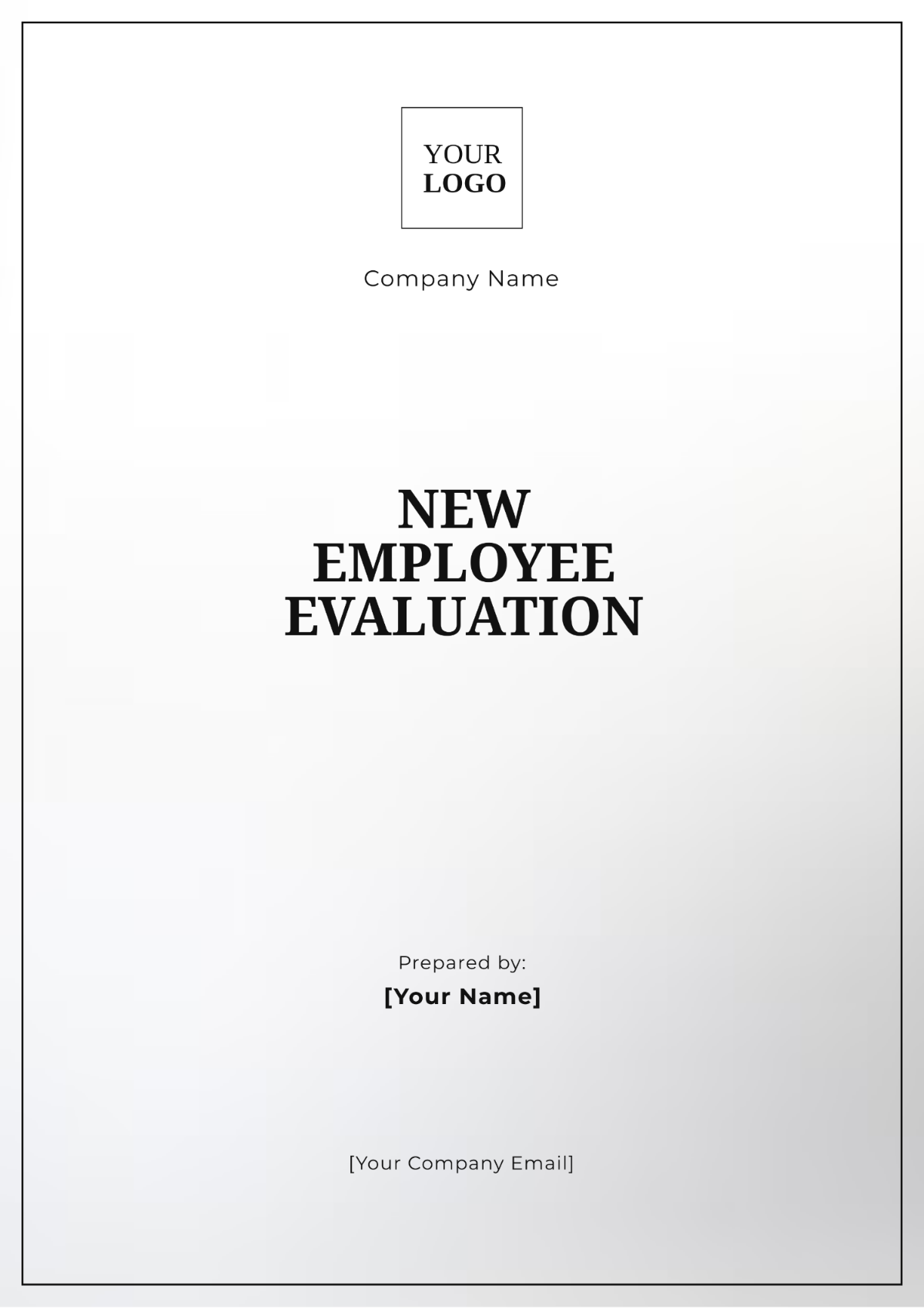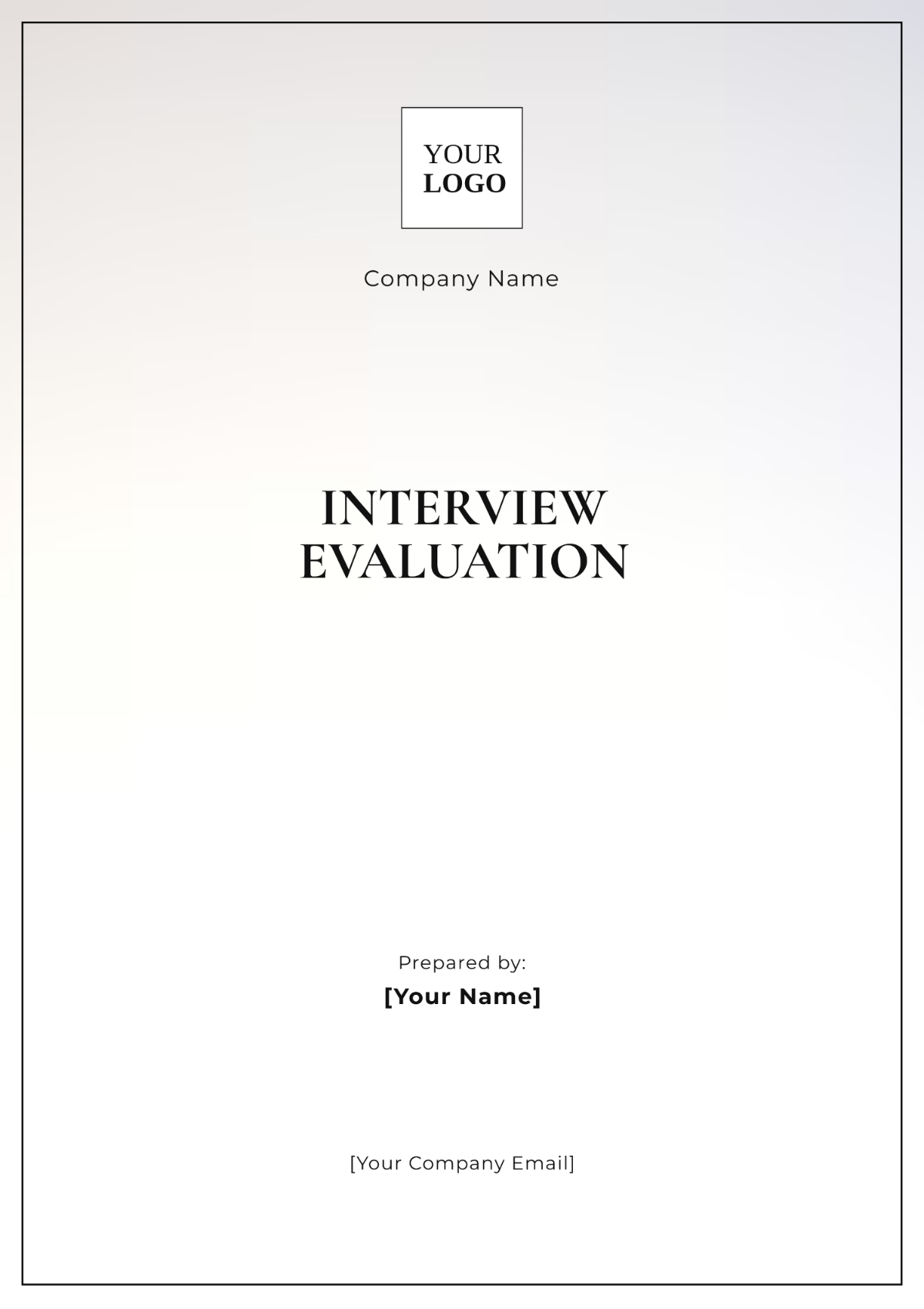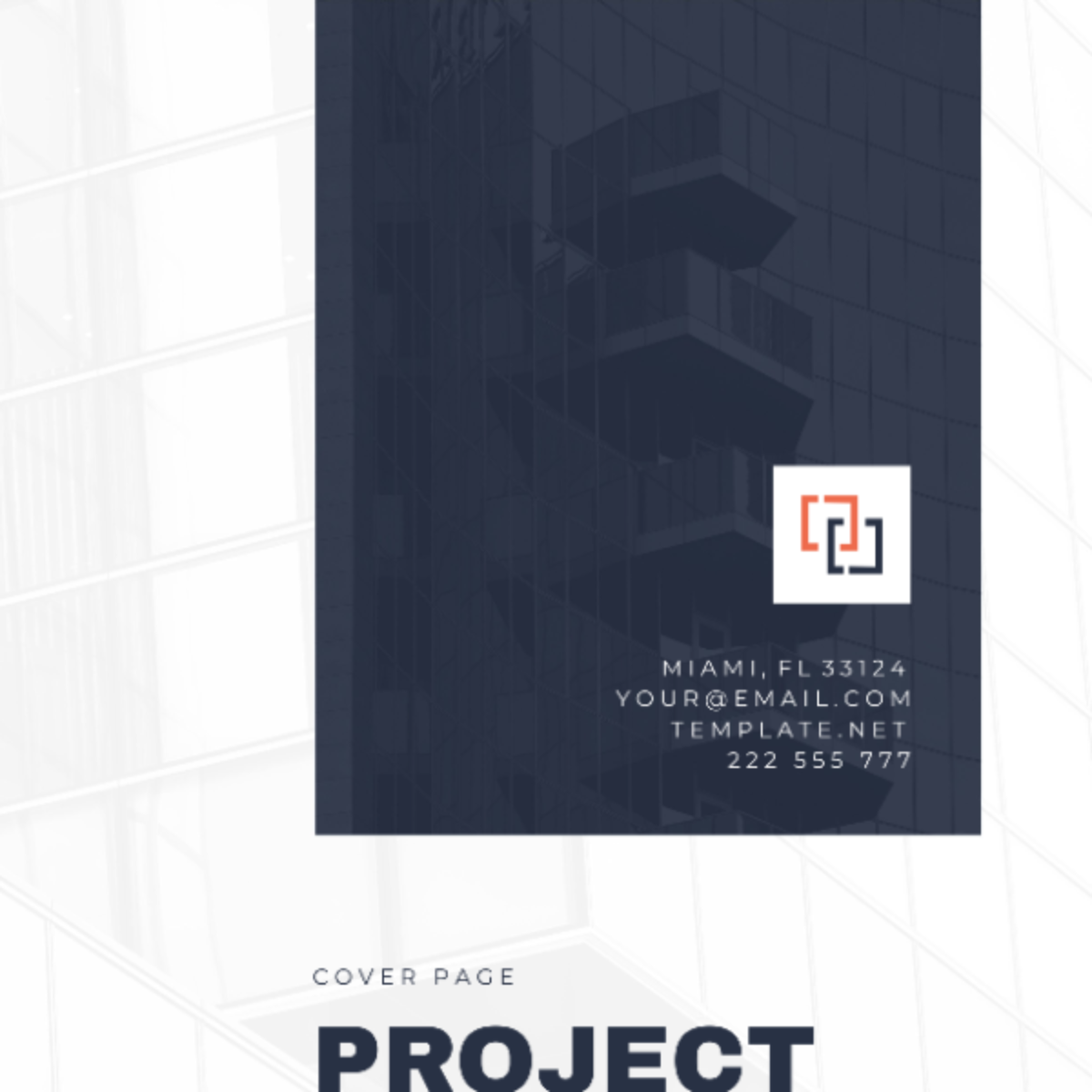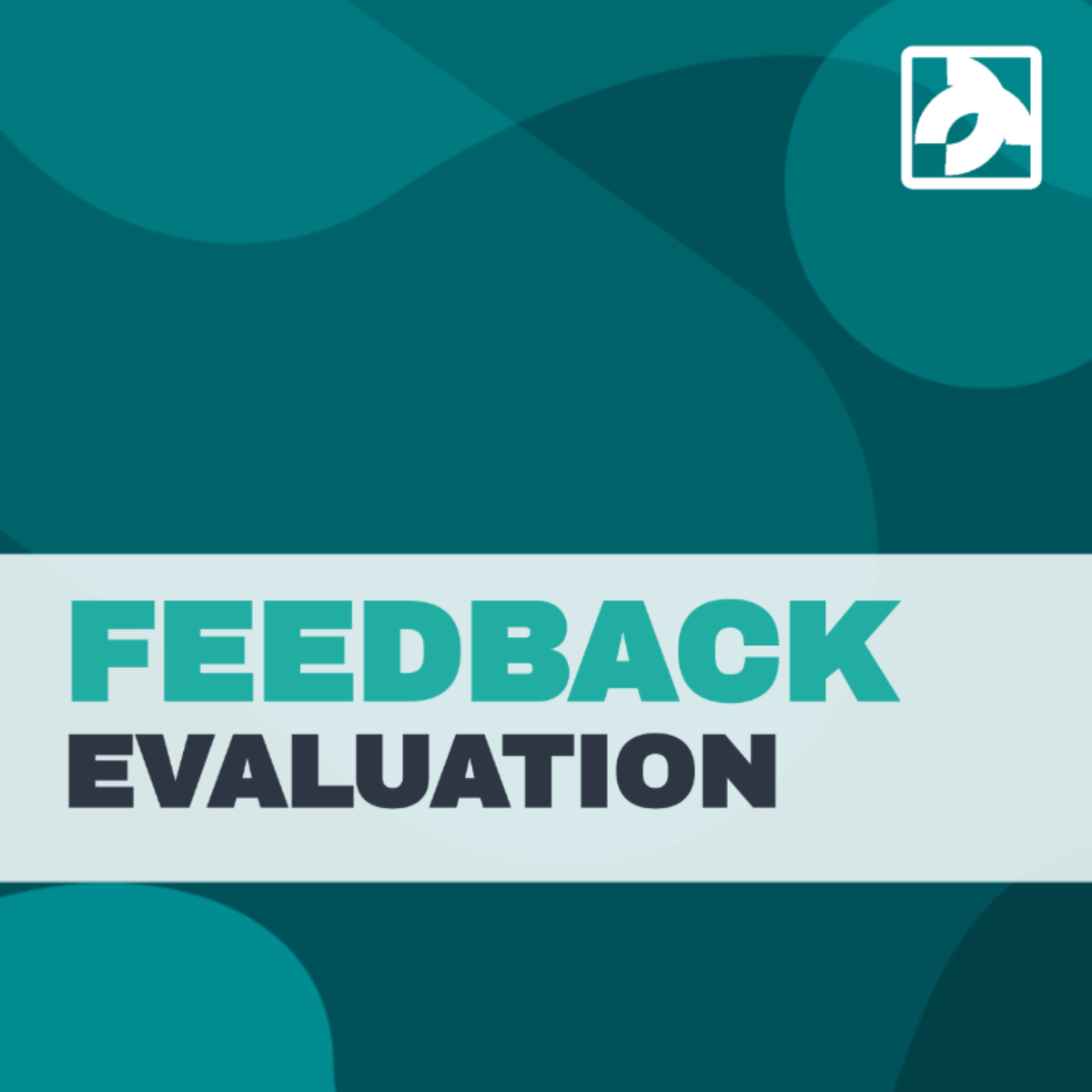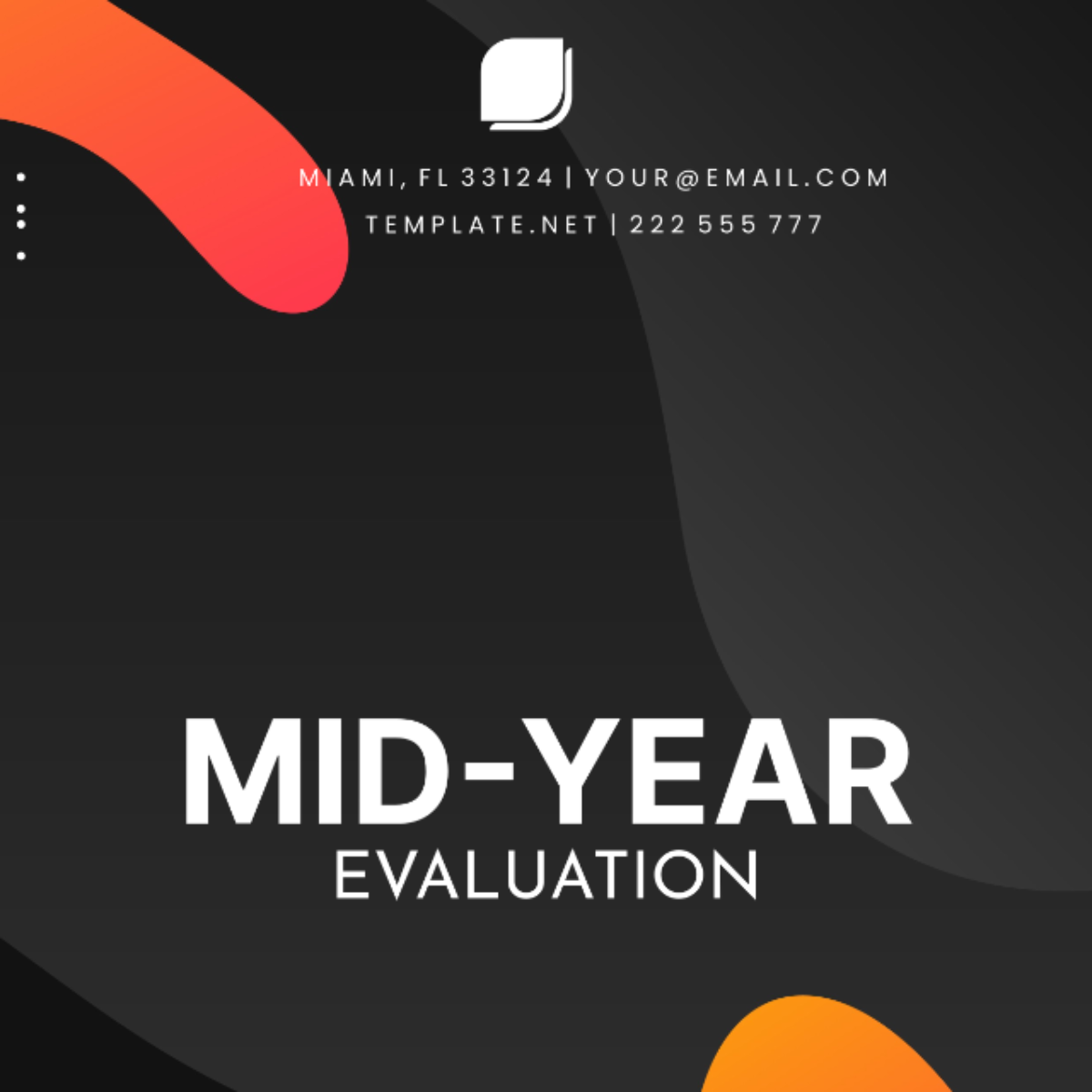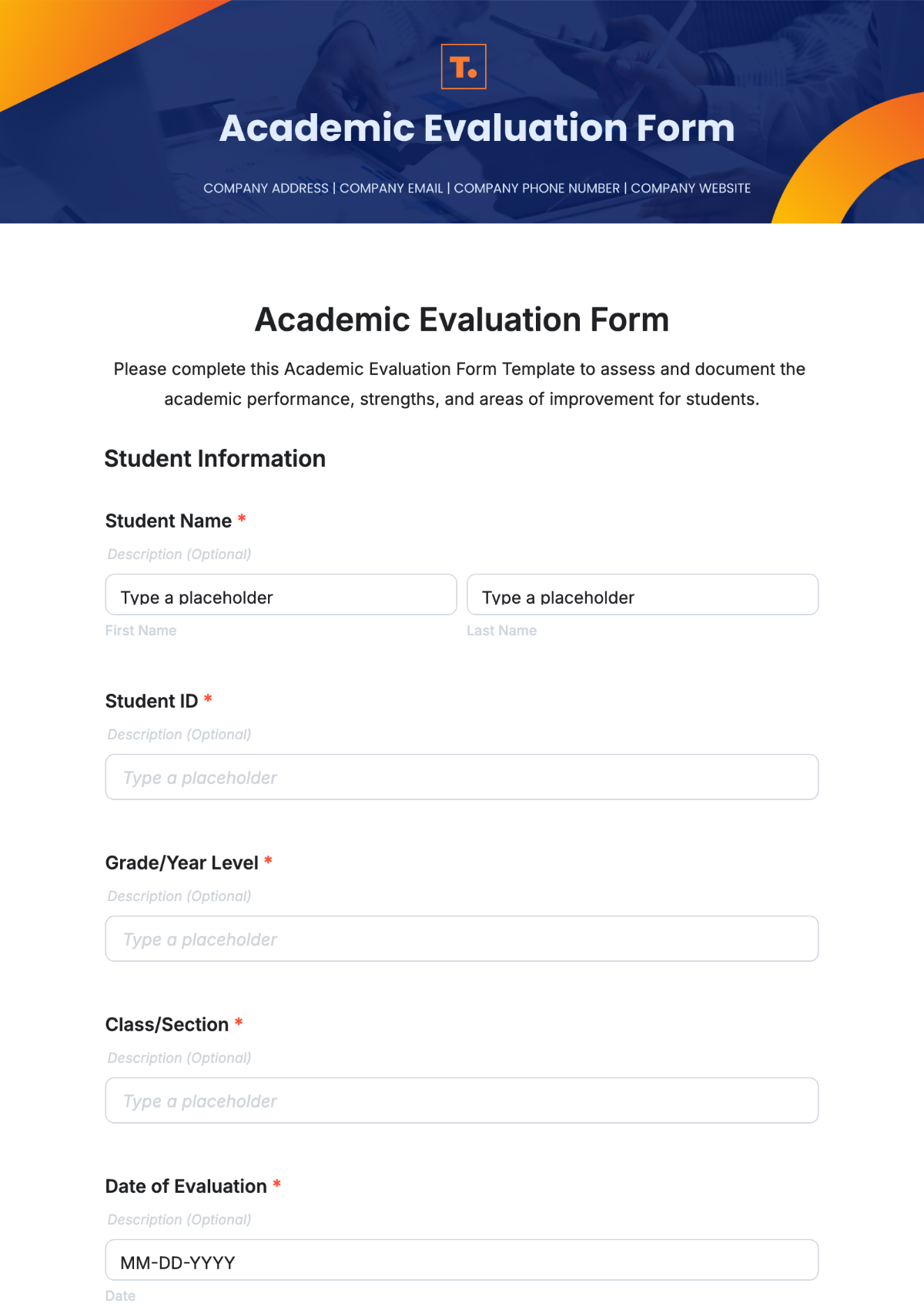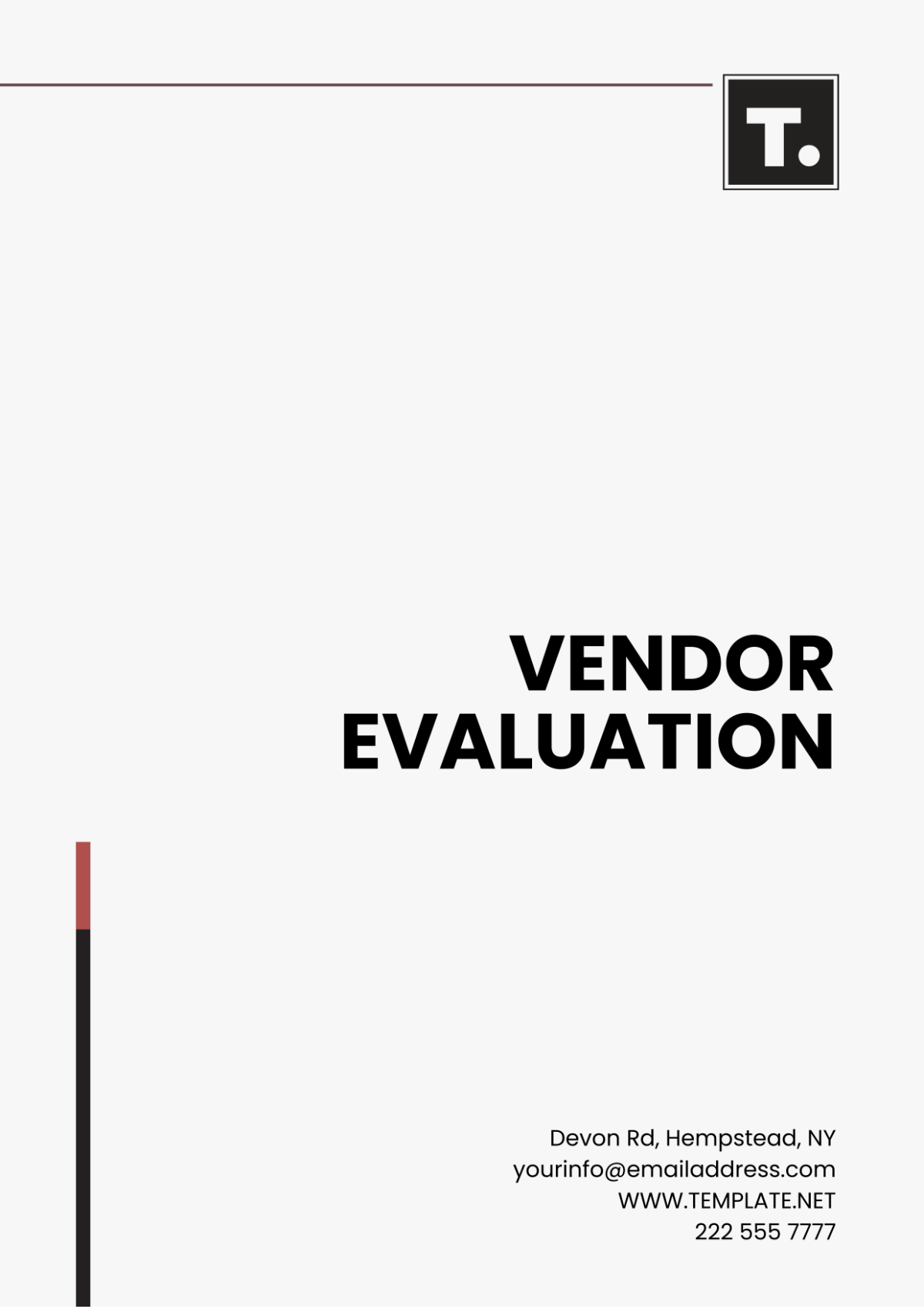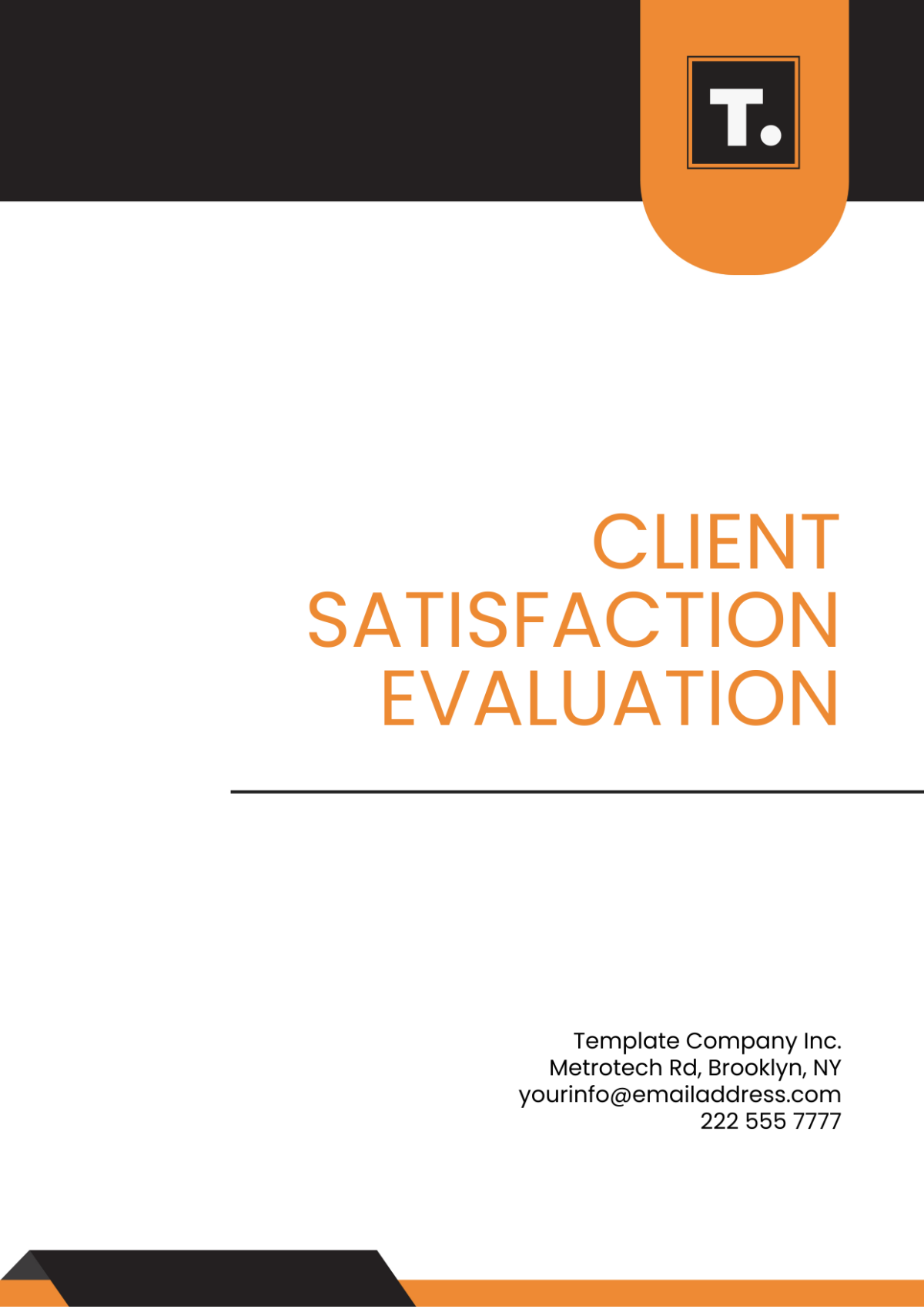Grant Funding Format Evaluation Report
Prepared by: [Your Name]
Company: [Your Company Name]
Date: [Insert Date]
I. Introduction
This report aims to evaluate the format for grant funding applications. It provides a comprehensive analysis of the current format, identifies strengths and weaknesses, and suggests improvements to enhance the efficiency of the application process. The report is organized into several sections, each focusing on a different aspect of the grant funding format.
II. Current Format Overview
The current grant funding format is structured to capture essential information from applicants, ensuring a thorough assessment process. This format includes several key components that applicants must adhere to when submitting their proposals. Below is a detailed overview of these components.
A. Key Components
The grant application format traditionally includes the following key sections:
Executive Summary: A brief overview of the proposal, highlighting its objectives and significance.
Project Description: In-depth details about the project, including its goals, methodology, and expected outcomes.
Budget Justification: A detailed explanation of the funding requirements, including a breakdown of costs and a rationale for each budget item.
Project Timeline: A schedule outlining the major milestones and timelines for the project's implementation.
Evaluation Plan: A description of how the project's success will be measured and evaluated.
Applicant Information: Background information about the organization or individual applying for the grant, including qualifications and experience.
III. Evaluation of the Current Format
The current format has been assessed based on several criteria, including clarity, comprehensiveness, and ease of use. The following sections detail the findings of this evaluation.
A. Strengths
The current grant funding format offers several advantages:
Comprehensive Coverage: The format captures all critical aspects of the grant proposal, ensuring that evaluators have sufficient information.
Standardization: A consistent format allows for easier comparison between different proposals, streamlining the evaluation process.
Rigorous Review: The detailed nature of the format helps prevent frivolous applications and encourages serious contenders to provide well-thought-out submissions.
B. Weaknesses
Despite its strengths, the current format has several drawbacks:
Complexity: The format can be overwhelming for first-time applicants, potentially leading to submission errors.
Time-Consuming: The detailed requirements necessitate a significant amount of time and resources, which may deter potential applicants.
Lack of Flexibility: The standardized format may not adequately accommodate unique or innovative proposals that do not fit neatly into predefined categories.
IV. Comparison with Alternative Formats
An analysis was conducted comparing the current format with alternative grant application formats used by other funding bodies. Key differences and potential benefits from these alternatives are summarized in the table below.
Aspect | Current Format | Alternative Format 1 | Alternative Format 2 |
|---|---|---|---|
Flexibility | Low | Medium | High |
Complexity | High | Medium | Low |
Standardization | High | Medium | Low |
Applicability for Innovation | Low | High | Medium |
V. Recommendations for Format Improvement
Based on the evaluation and comparison with alternative formats, the following recommendations are proposed to improve the current grant funding application format.
A. Simplification
Streamline the application process by reducing the length and complexity of required sections. This could involve creating more user-friendly templates and guidelines for applicants, particularly for first-time submitters.
B. Enhanced Flexibility
Introduce mechanisms that allow unique proposals to present innovative ideas without being constrained by a rigid format. This could include allowing applicants to choose from different templates based on the nature of their project.
C. Incorporation of Technology
Implement online submission platforms that guide applicants through the process, ensuring completeness and compliance with format requirements. Provide an automated review tool that highlights missing or inconsistent information before final submission.
VI. Conclusion
In conclusion, while the current grant funding format serves its purpose effectively, there is room for improvement. By addressing its complexity and enhancing flexibility, the funding body can facilitate a more efficient and inclusive application process. These changes are anticipated to encourage higher quality and variety of applications, ultimately leading to more impactful funding decisions.
The recommendations provided in this report aim to enhance the overall process, ensuring that valuable proposals are not overlooked due to format restrictions or submission complexities.
